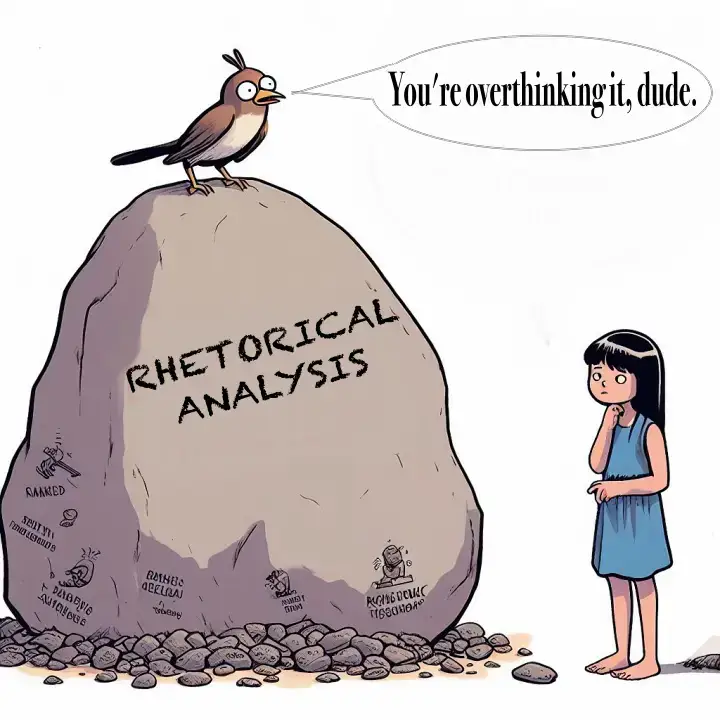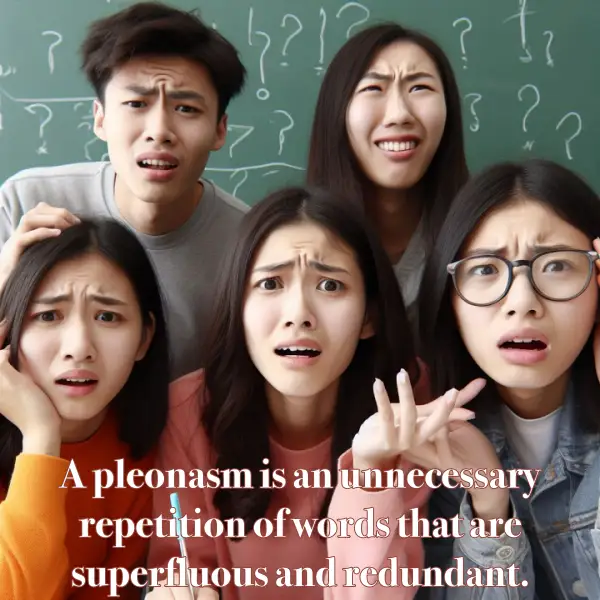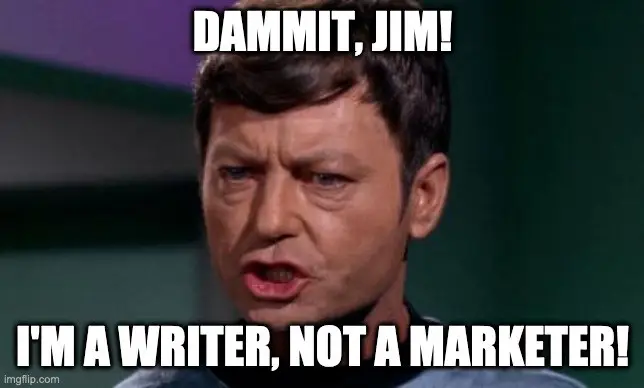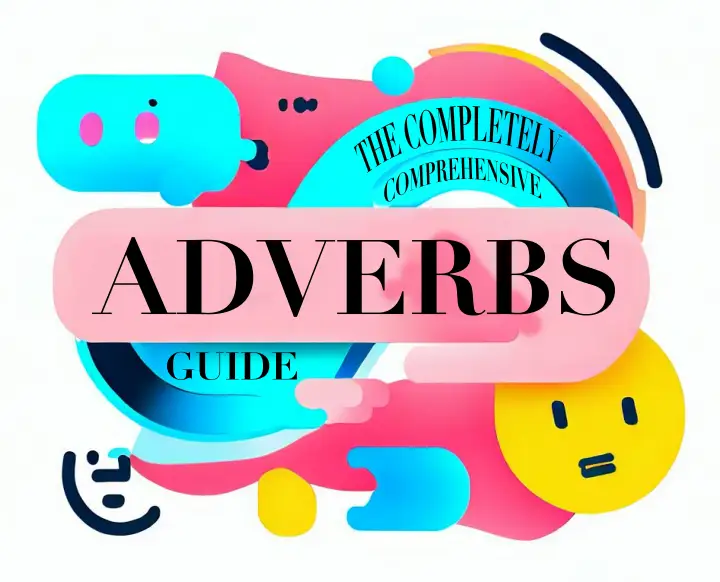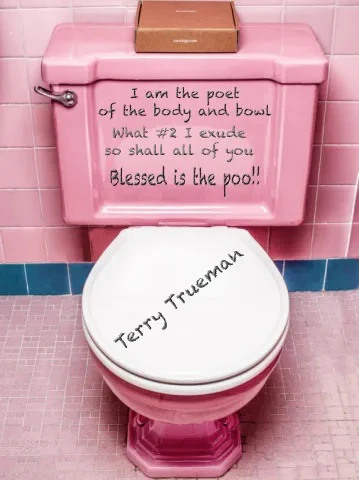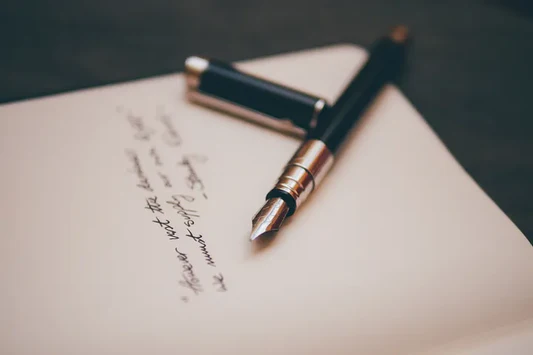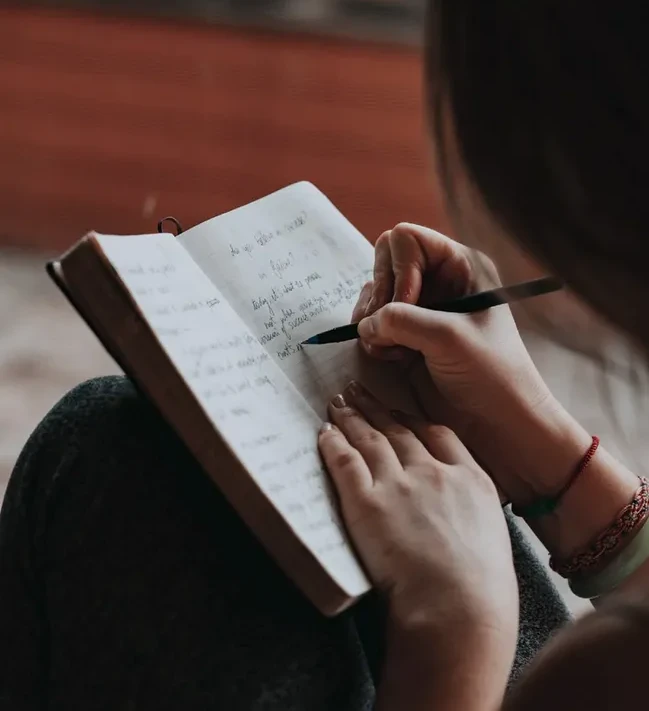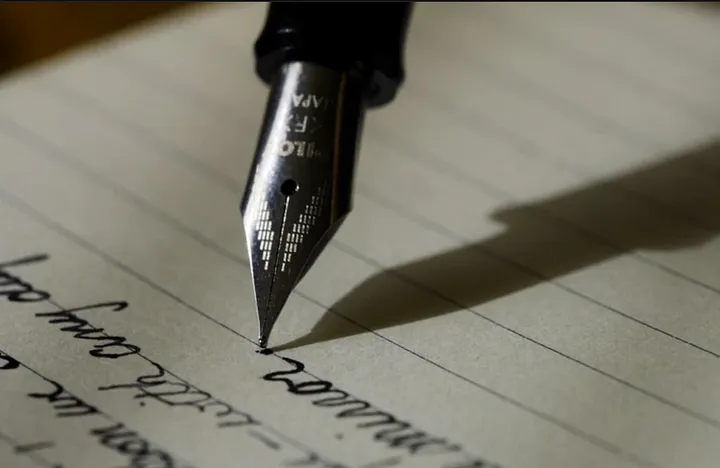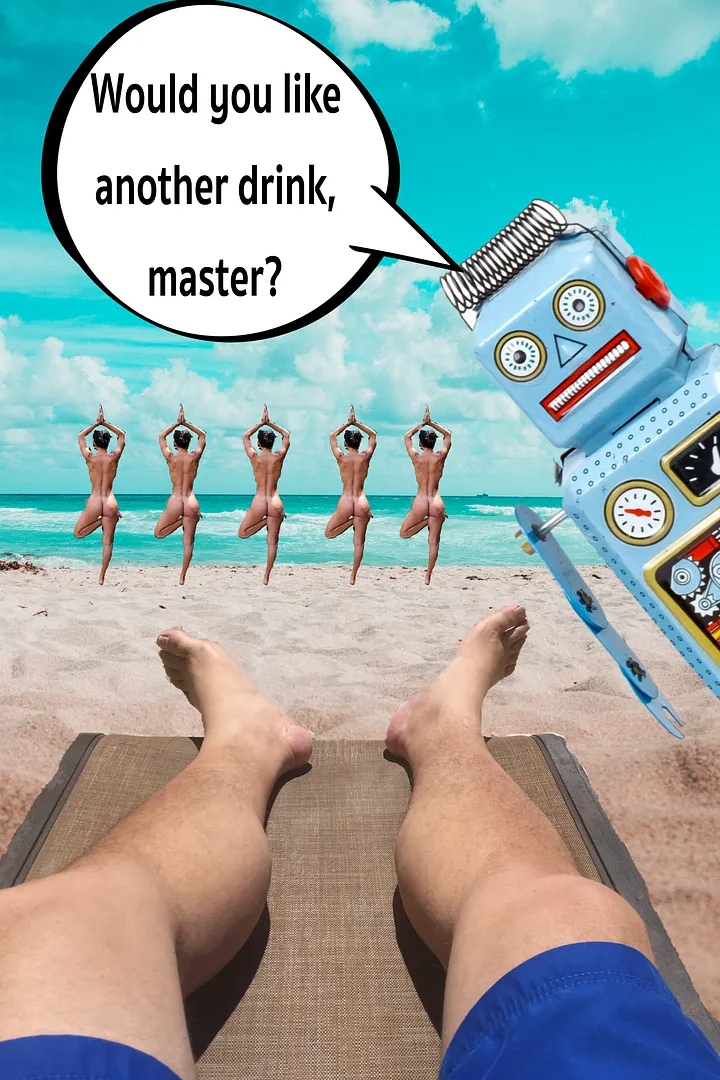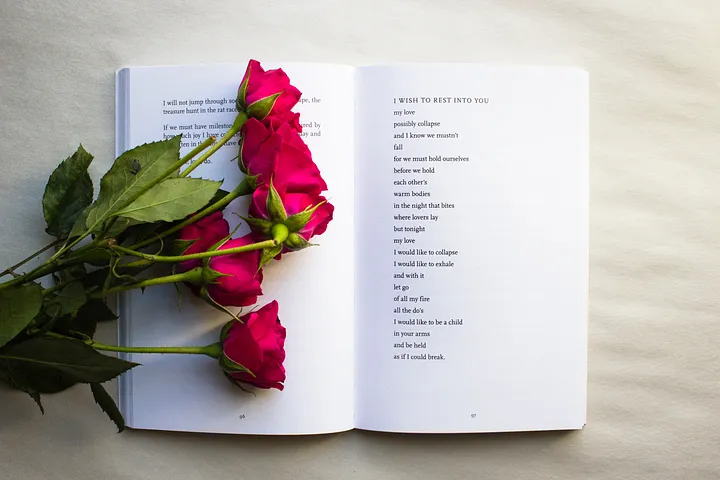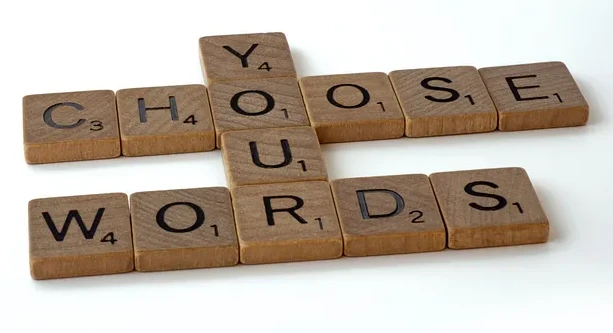All forms of poetry benefit writers with mastery of compressed emotion and idea articulation while readers enjoy exploring the author’s psyche. There is no wrong way to write poetry, just poorly written or unengaging verse. Poorly written poetry includes mechanical errors, confusing construction, and verboseness, but most issues stem from a lack of engagement caused by form.
The Curse & Blessing of Form
Today’s most common poetry form, free verse, requires no meter or rhythm — really no requirements. This form affords writers the utmost freedom to express themselves but can cause reader engagement issues. Relying on stanza breaks, punctuation, formatting, and other mechanics often requires reader effort to immerse in the poem’s feel, emphasis, tone, flow, and meaning. Because free verse poems are stylized by poets, readers must study the individualized forms and learn the unique attributes such as breaks and other rhetorical devices. This uniqueness of style vies against poetry’s long metrical tradition that many readers expect or seek, often unaware of doing so.
Broken, choppy, or too much like prose appear commonly in criticism of free verse poetry, especially from those who are not poetry connoisseurs. In this excerpt from a piece written in my twenties, you see how even a simple free verse poem causes issues with some readers criticizing the work for being “a poorly broken paragraph.”
The Hard Life of the Rock Star
Sitting in my car listening to the radio
Heaving smoke out the window
Waiting to work all day at the KFC
Dreading the grease, grime, and smell of chicken
Bob singing about turning the page
Feeling his struggle resonating
Until frustration strikes
For the poor rock star
If I were to write this poem today, the form would be very different after experiencing many readers’ shrugs. That is a personal choice, but free verse’s general lack of engagement warrants some awareness if you desire readership using this form.
Free Verse & Rhythm
What makes free verse poetry more engaging Walt Whitman exemplifies in this excerpt from “Song of Myself,”
My tongue, every atom of my blood, form’d from this soil, this air,
Born here of parents born here from parents the same, and their parents the same,
I, now thirty-seven years old in perfect health begin,
Hoping to cease not till death.
Creeds and schools in abeyance,
Retiring back a while sufficed at what they are, but never forgotten,
I harbor for good or bad, I permit to speak at every hazard,
Nature without check with original energy.
Comparing Whitman’s with my excerpt highlights what many readers criticize about free verse as his lines rhythmically flow from the page while mine feel abrupt. Whitman’s stronger engagement comes from repetition, assonance, consonance, inverse language, and rhythm imitative of a metrical quality. Notice the same passage with letters and words bolded to show assonance, consonance, and repetition. Also, notice the syllable counts at the end of each line revealing the up and down rhythm.
My tongue, every atom of my blood, form’d from this soil, this air, (15)
Born here of parents born here from parents the same, and their parents the same, (18)
I, now thirty-seven years old in perfect health begin, (14)
Hoping to cease not till death. (7)
Creeds and schools in abeyance, (7)
Retiring back a while sufficed at what they are, but never forgotten, (18)
I harbor for good or bad, I permit to speak at every hazard, (17)
Nature without check with original energy. (13)
Most interesting about Whitman’s style is his language inversion seen in the first stanza’s third and fourth lines.
I, now thirty-seven years old in perfect health begin, Hoping to cease not till death.
His style makes the lines more engaging by placing emphasis specifically on words and phrases he wants (“I” and “now”) seen when arranged differently:
Now thirty-seven years old in perfect health, I begin, Hoping to cease not till death.
By inverting the sentence, he places even more emphasis on the participle phrase “Hoping to cease not till death,” already strengthened by fragmentation. Language inversion, repetition, rhythm, and other rhetorical devices form the power of Whitman’s poetry, not requiring meter. Any random sample reveals his style:
O I perceive after all so many uttering tongues, (14)
And I perceive they do not come from the roofs of mouths for nothing. (16)
I wish I could translate the hints about the dead young men and women, (17)
And the hints about old men and mothers, and the offspring taken soon out of their laps. (21)
What do you think has become of the young and old men? (13)
And what do you think has become of the women and children? (15)
More Engaging Poetry
Whitman teaches us a great deal about free verse’s nature, which requires effort to engage readers. Much like my example shows above, emphasis too often forms a fragment that, when overused, gives our free verse that broken, start-stop feel. Infrequent fragment use helps but using other devices and varying the lengths of lines can radically alter engagement for the better. Oddly, learning to write free verse using these devices comes from writing poetry with form.
One of the most difficult aspects of writing poetry is learning the metrical quality but don’t think you are about to endure an iambic pentameter or trochee tutorial. Learning meter by focusing on stressed and unstressed syllable patterns formed a frustrating experience before instituting my study method, which happened to provide a more effective means to add rhythm to your free verse poetry.
To add rhythm to free verse, begin by writing syllabic poetry that limits lines to a specific number of syllables. In this excerpt from “Summer,” I limited the number of syllables per line to five.
Summer
Fast stirring olives
At the bar saying
“I’m a bit racist”
Hand rising upward
“Japanese up here!”
Dropping hand way low
“All the gaijin here
“Ha! Americans
“Imperialist!
“Atomic bombers”
Originally written in the rough draft:
S̵h̵e̵ ̵w̵a̵s̵ fast stirring olives
S̵i̵t̵t̵i̵n̵g̵ at the bar saying
“I’m a bit racist”
H̵e̵r̵ hand rising upward
“Japanese up here!”
S̵h̵e̵ ̵d̵r̵o̵p̵p̵e̵d̵ [dropping] h̵e̵r̵ hand d̵o̵w̵n̵ way low
“All the gaijin here
“Ha! American [break] Imperialist!
“Atomic bomber[s]”
Years prior, I might have left the poem in the rough draft but having instituted syllabic poetry forced word removal that provided better rhythm and fluency while removing verbosity and redundancy. There is no need in line one to say “she was” since the poem clarifies the protagonist and the reader infers who stirs the olives as they read. Similarly, in the following lines, inference makes unnecessary “sitting,” and pronouns fall away for being redundant since the title and subtitle contain her name, “Summer,” indicating a woman and clarifying further the setting.
Writing syllabic poetry provides control over the verse, allowing the creation of rhythm in syllable adjustment. Just like Whitman varies line lengths to form his rhythm, you can do the same by experimenting with syllable numbers to find what works and to develop your style. Some of my earliest poems reflect this experimentation with syllable patterns seen in this excerpt from Blackheart: Love is Whore,
Blackheart: Love is a Whore
Jesus says, “Turn the other cheek” (8)
The devil says, Tear his throat out! (8)
The latter is the better, (7)
But the former is the stronger. (8)
Syllabic poetry seems counterintuitive since the verse limited syllabically is no longer free, but this practice teaches rhythm and rhetorical devices that improve writing. Luckily, you don’t need to concentrate on rhythm and memorizing devices since they naturally occur when writing poetry concisely to fit syllable patterns. More importantly, learning poetry this way improves free verse and impacts prose as you learn to manipulate passages for effect, such as in this sample from my book Memories of Emily,
Her strength poured into me. “There is no place left to run. In your loss, you’ve just begun. Thinking you would start over was wrong. Life cannot be new: just better and strong. You are not ugly or dumb, and you will shine. You must stand, fight, and hold fast to that precious line. I fix my standard on that line; we will win! Get up — for hiding is life’s greatest sin. The war’s not over; your foe must know. The sparrow soars a hawk of woe. Take my flowers and my drum. I’m here all days to come.”
Sentences follow the syllabic pattern 6, 7, 8, 9, 10, 11, 12, 11, 10, 9, 8, 7, 6 for many contextual reasons, but the passage shows how we expand our rhetoric and strengthen our voices. If you ever wondered how Shakespeare learned to write dialogue in iambic pentameter, he began by mastering syllables. Similarly, you form mastery over free verse poetry by using syllable patterns to expand emphasis, mimic speech, and develop a rhythm, but ultimately, you invent a unique style.
So when it's time to write free verse, you will naturally write with emphasis and rhythm to better engage readers.
 Question? Comment? Rebuttal?
Question? Comment? Rebuttal?Copy the article's title or link to send with your response.



